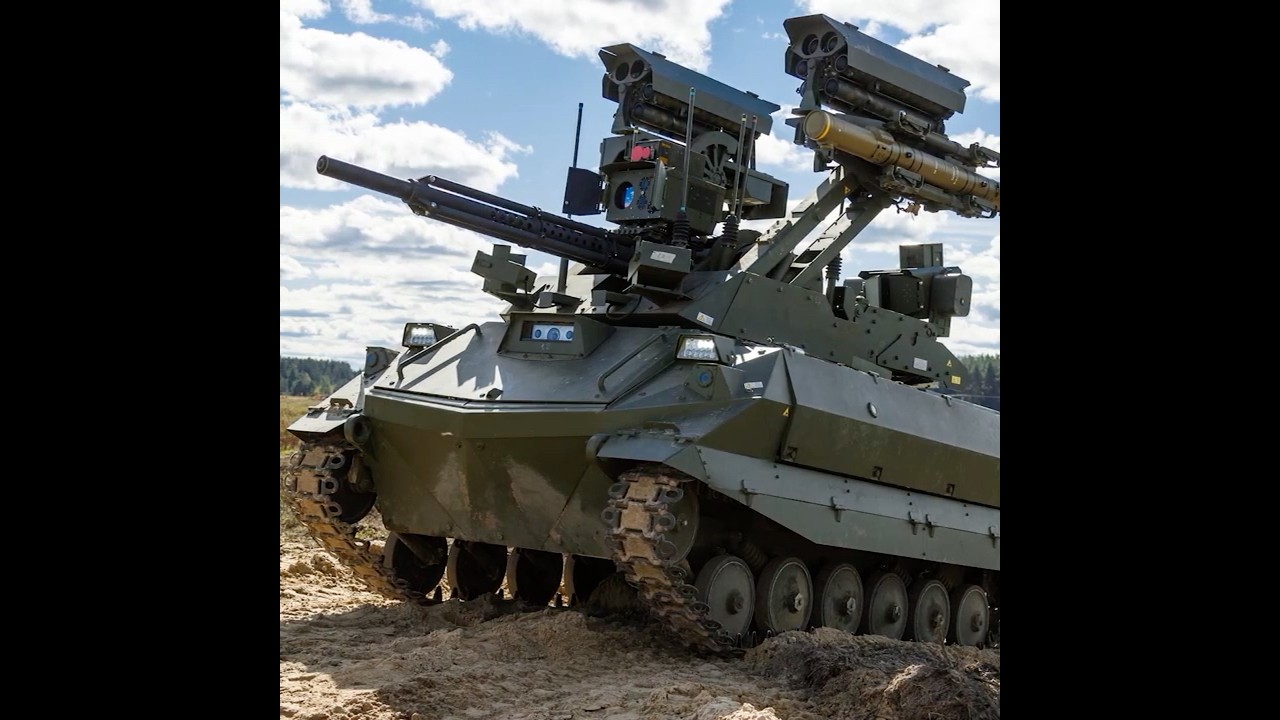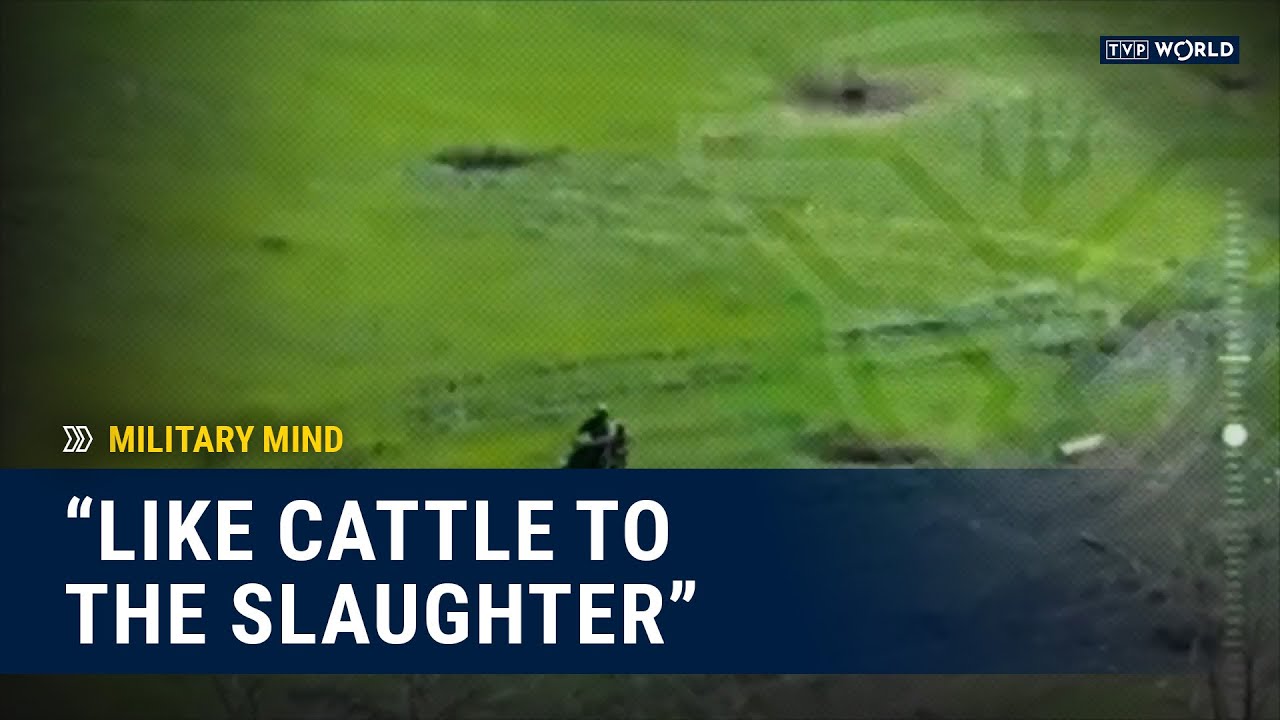The Whispers of Steel: Ukraine’s Robotic Assault on the Frontlines 🤖
The wind whips across the barren fields near Lyptsi, carrying not only the bite of early winter but also the whirring cadence of a new kind of war. For years, the Ukrainian conflict has been a brutal dance of artillery and trenches, but beneath the surface, a quiet revolution has been brewing. Now, according to recent reports emerging from the front, the metallic clang of robots might soon rival the thunder of howitzers. The YouTube videos we’ve analyzed offer a glimpse into this paradigm shift, painting a picture of what may be the first all-drone ground assault in the history of warfare. Has Ukraine, facing critical manpower shortages, truly unleashed a fully robotic force onto the battlefield, fundamentally altering the landscape of modern conflict? These digital breadcrumbs suggest we are witnessing the dawn of a new era in unmanned combat, one with profound implications for Ukraine and warfare itself.
Key Takeaways from the Digital Battlefield
- Historic First Near Lyptsi: Video 1 unequivocally states that Ukraine has conducted what appears to be the first documented all-drone ground assault. The operation, carried out by the Khartia Brigade near Lyptsi in the Kharkiv region, signifies a potential turning point in military strategy.
- Multi-Role Robotic Teams: The description in Video 1 details a sophisticated application of unmanned ground vehicles (UGVs). These weren’t just reconnaissance units; they were a coordinated force. Some UGVs cleared mines, a perilous task traditionally undertaken by soldiers, while others actively laid them, shaping the battlefield. Critically, some were armed with machine guns, providing direct fire support, eliminating the need for human infantry in the initial assault. Imagine the scene – the silent advance of these metallic crawlers, the mechanical clicks of their actuators replacing the shouts of command, the almost surreal absence of human casualties in the initial push.
- Air-Ground Coordination: The operation integrated aerial assets. First-person view (FPV) drones provided a crucial overhead perspective, acting as the eyes of the robotic force, relaying intelligence and enabling precise targeting. This coordinated dance of aerial and ground robotics highlights the increasing sophistication of Ukraine’s unmanned capabilities. You can almost visualize the FPV pilot, goggles on, fingers dancing across the controls, guiding the UGVs through the treacherous terrain, a virtual commander orchestrating a steel ballet.
- Necessity as the Mother of Robotic Invention: Both Video 1 and expert analysis from the Institute for the Study of War emphasize the driver behind this innovation: Ukraine’s critical shortage of manpower. This isn’t simply a technological flex; it’s a strategic adaptation born from necessity. The stark reality is that drones, however advanced, do not replace lost lives in the same devastating way traditional warfare does.
- Russian Developments Acknowledge the Trend: While the focus of Video 1 is on Ukraine, Video 2, titled "Russia’s Unmanned Ground Attack Robot Vehicles Shocked The World!", confirms that this isn’t a one-sided technological race. Though the specific details of the Russian operation are scarce in the provided description, the title itself reveals that they too are actively developing and deploying unmanned ground attack capabilities. This underscores the broader trend towards robotic warfare on both sides of the conflict.
- Countering Electronic Warfare: The concluding remarks of Video 1 hint at future developments, mentioning successful trials of aerial drones operating on fiber optic cables. This seemingly small detail is significant. Fiber optic tethers offer inherent resistance to electronic jamming, a critical vulnerability for many wireless drone systems. This highlights the constant technological leapfrogging as each side seeks to negate the other’s advantages in the electronic spectrum.
Analyzing the Silent Battlefield: A Glimpse into the Future
The deployment described in Video 1 isn’t just a tactical success; it’s a potential bellwether. The Institute for the Study of War’s assessment labeling it a "significant milestone" isn’t hyperbole. Imagine the psychological impact on the opposing forces – facing an enemy that doesn’t bleed, doesn’t tire in the same way, and presents entirely new tactical challenges. The traditional calculations of manpower and attrition are being rewritten.
This robotic integration, driven by Ukraine’s urgent need to conserve manpower, could reshape the very nature of ground engagements. Could we see a future where entire flanks are secured by autonomous units, clearing mines and laying ambushes without risking a single human life? While the ethical considerations are immense – the question of accountability, the potential for algorithmic bias in targeting – the tactical advantages in a protracted conflict like the one in Ukraine are undeniable.
Furthermore, the development of fiber optic tethered drones, as mentioned in Video 1, directly addresses a critical limitation of current drone technology. The constant threat of electronic warfare has cast a long shadow over drone operations. These tethered systems, while potentially limiting in range, offer a more resilient platform, particularly in contested electronic environments. This signals a determined effort to overcome technological hurdles and maintain operational effectiveness in the face of sophisticated Russian jamming capabilities.
The stark contrast presented by the two videos also underscores a crucial point: this robotic arms race is not a monopoly. Both sides are actively pursuing unmanned ground combat capabilities, suggesting that future conflicts may increasingly feature autonomous systems battling each other, adding another layer of complexity to the already volatile situation.
The Metallic Horizon: Understanding Ukraine’s Unmanned Push
The whispers of steel are growing louder in Ukraine. The evidence emerging from these YouTube videos, particularly the detailed account of the Khartia Brigade’s operation, suggests a significant leap in the integration of unmanned ground attack forces. To truly grasp the implications of this evolving battlefield, delve deeper into the individual accounts and analyses presented in these videos. Scroll down to witness these key moments and understand the technological and strategic shifts defining this modern conflict. This isn’t just about machines; it’s about the future of warfare itself, unfolding in real-time on the Ukrainian front.






